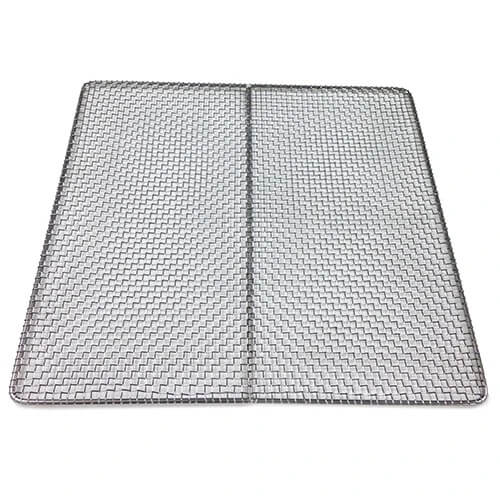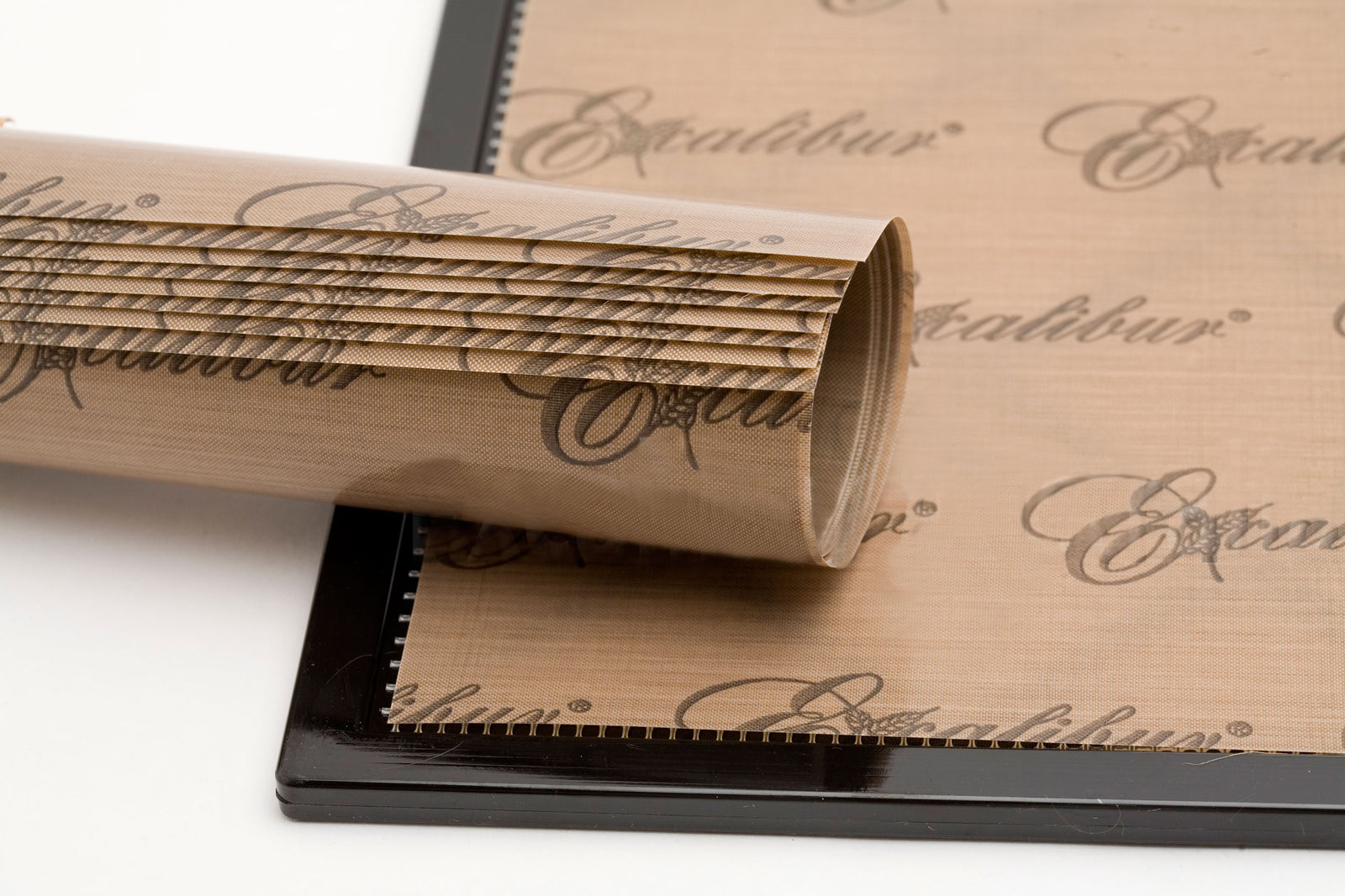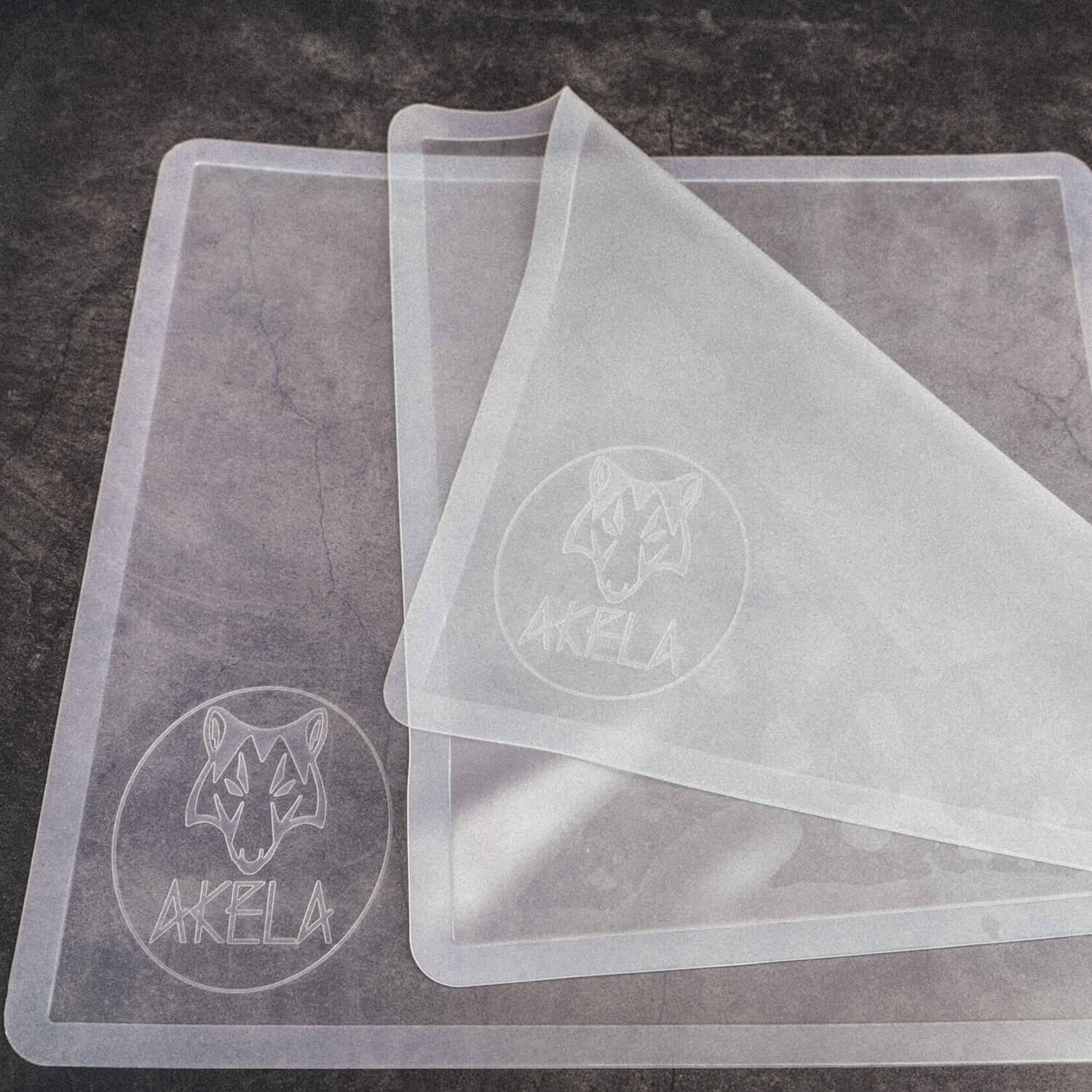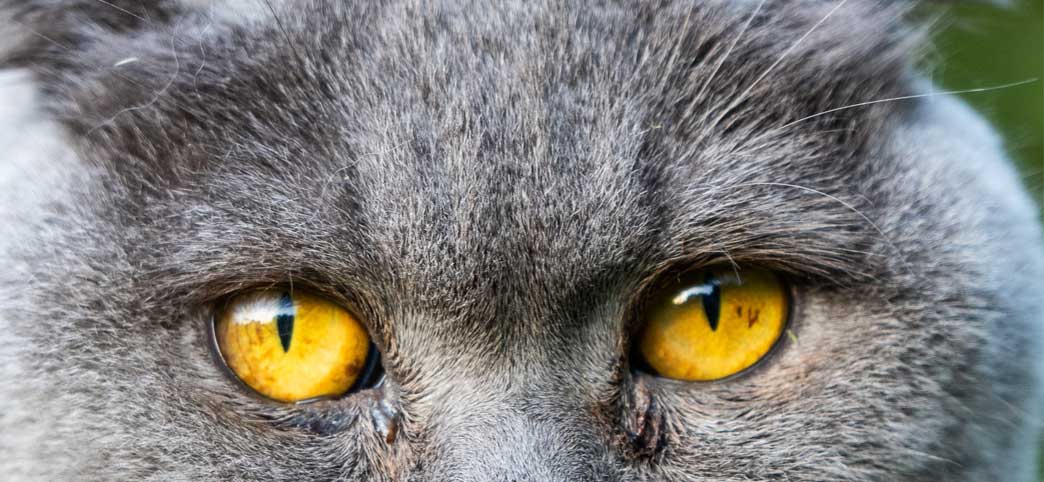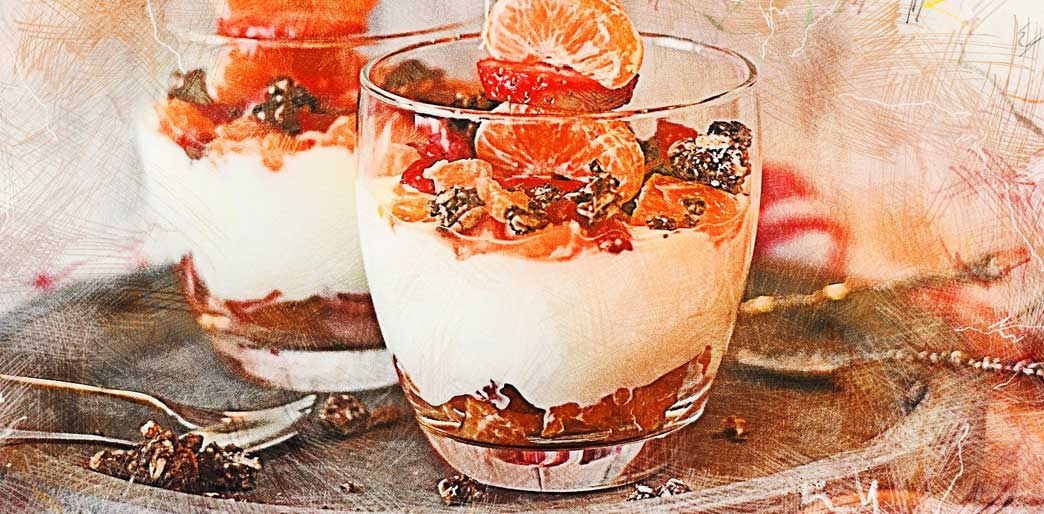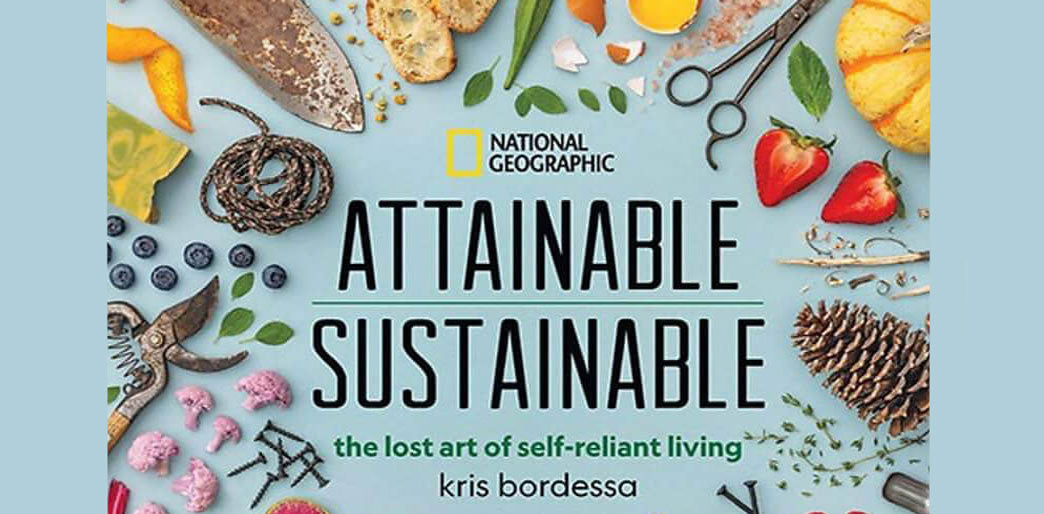Try some Magical Fishy Catnip Treats For Kitty Cats

OK ... UNFAIR!!
Kitty noticed that Toshi hit the limelight recently, dressed for dinner and waiting on his Doggie Treats, so insisted we offer Kitties a similar yummy treat ... here it is!
~~ The Magic Lure of Fish and Catnip ~~
The favourite tucker for most Kitties!
FISH:
As carnivores kitties, regardless of their breed or age, must have meat in their everyday diets. Whether it’s chicken, beef, duck or something else, meat is their primary source of vital nutrition. Cats must eat primarily meat as their main source of food and they don’t need a lot of carbs in their diet. However, small amount of fruits, vegetables, and grains are acceptable.
Cats have short intestines which means that they can’t fully digest plant materials.
So, cats need a food which contains high concentrations of taurine which is often found in the muscles, heart, and liver of animals.
Fish also contains taurine.
Shrimp is a nutritious, tasty and healthy treat that will make most cats out there ecstatic.
Fresh or frozen shrimp are the very best options, but canned shrimp is convenient and OK as long as it isn't salted or spiced.

CATNIP:
Most cats enjoy the herb dried or fresh.
Fortunately for kitty, catnip -- which is non-addictive and safe to eat -- is easy to grow in a sunny window. You can even create your own kitty garden with one pot of catnip and one of wheat, oat, rye, or barley grass. Not only will kitty enjoy both, but having its own house plants may keep kitty out of yours. You can also plant catnip directly in the garden, but remember that it's a vigorous grower.
Nepeta cataria is commonly known as catnip, catswort, catwort, and catmint.
The names catnip and catmint are derived from the intense attraction about two-thirds of cats have toward them (alternative plants exist - see further down). In addition to its uses with cats, catnip is a popular ingredient in herbal teas (tisanes), and is valued for its sedative and relaxant properties.

Effect of Catnip on your Furry Feline:
Catnip contains the feline attractant nepetalactone.
Common behaviours cats display when they sense the bruised leaves or stems of catnip are rubbing on the plant, rolling on the ground, pawing at it, licking it, and chewing it. Consuming much of the plant is followed by drooling, sleepiness, anxiety, leaping about, and purring. Some growl, meow, scratch, or bite at the hand holding it. The main response period after exposure is generally between 5 and 15 minutes, after which olfactory fatigue usually sets in.
About one-third of cats are not affected by catnip. The behaviour is hereditary. Other plants that have a catnip-like effect on cats include valerian (Valeriana officinalis) root and leaves; silver vine (Actinidia polygama), or matatabi, popular in Asia; and Tatarian honeysuckle (Lonicera tatarica) wood. Many cats that do not respond to catnip do respond to one or more of these three alternatives.

RECIPE:
Here is a super cool recipe to keep Kitty happy .....
Ingredients:
1 x 200g (7 oz) can small peeled shrimp (or fresh if possible)
1/2 cup fresh catnip flowers
Method:
- Open the can of shrimp and drain out the water (Kitty may like this fishy water poured over another meal).
- Put the shrimp in a small bowl.
- Chop the catnip flowers into5mm (¼ inch) pieces. Although some leaves are fine, discard any stems.
- Add the flowers to the shrimp and mix, taking care not to keep the shrimp whole.
- Put the shrimp and flowers onto the dehydrator trays (best to use an Akela silicone sheet so the small catnip pieces don't fall through).
- The shrimp and flowers should remain in the dehydrator for about two hours or until thoroughly dry.
- Remove shrimp and flowers from the rack and store in an airtight container in the refrigerator.
One or two shrimp and a pinch of flowers make a yummy tasty treat for most cats.
Variation:
If you can’t find any fresh catnip flowers, you can use dehydrated or dried catnip, just add it to the dehydrated shrimp as you serve your cat a treat.








